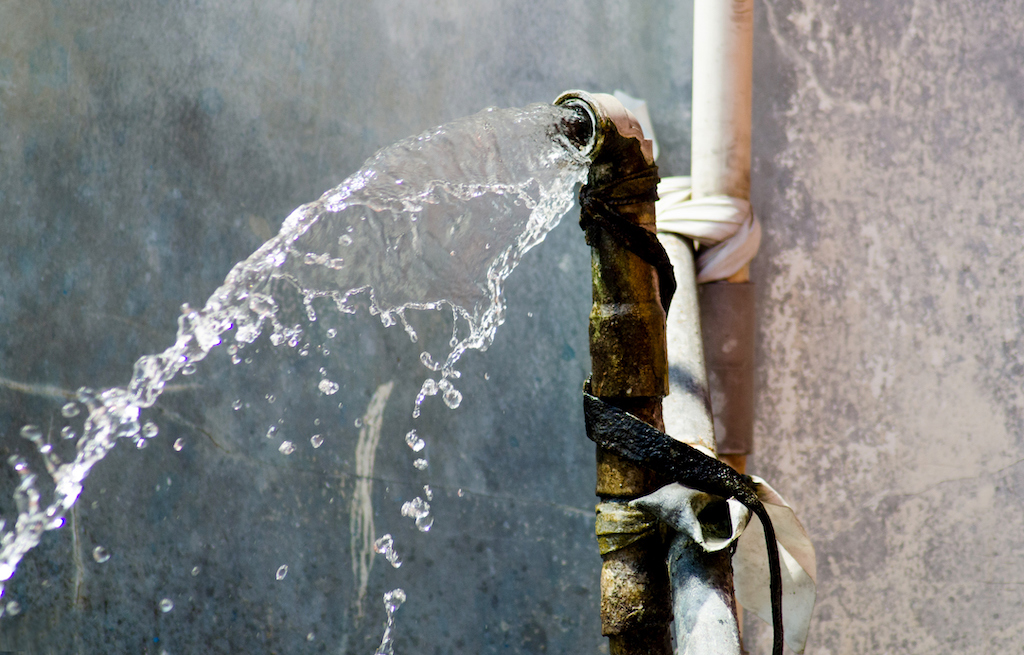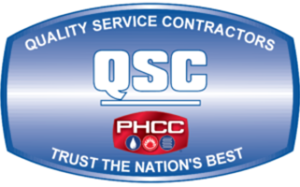As winter’s icy grip takes hold, your plumbing system can face unique challenges. In this blog, we’ll explore the profound impact of cold weather on different components – from pipes to water heaters – and provide invaluable insights to help you prevent common winter-related problems. Let’s dive into the essential winterizing tips for a smoothly running plumbing system all season long.
1. Frozen Pipes: When temperatures plummet, the risk of frozen pipes becomes a primary concern. We’ll delve into why pipes freeze, the potential consequences, and, most importantly, how you can prevent this winter woe. From insulation techniques to the importance of maintaining a consistent temperature, we’ve got you covered.
2. Water Heater Efficiency: Discover how colder weather can affect the efficiency of your water heater. We’ll explore tips to keep your water heater running smoothly, including insulation measures, adjusting settings, and the benefits of regular maintenance checks.
3. Expansion and Contraction: Temperature fluctuations lead to the expansion and contraction of materials, impacting your plumbing system. Learn how this natural process can cause stress on pipes and fixtures, and find out preventive measures to mitigate potential damage.
4. Outdoor Plumbing Precautions: Your outdoor plumbing, including hoses and irrigation systems, requires special attention during winter. We’ll discuss the importance of properly winterizing these components to prevent freezing, bursting, and costly repairs.
5. Insulating Exposed Pipes: Understanding the role of insulation in protecting your plumbing system is crucial. We’ll provide insights into identifying vulnerable areas, choosing the right insulation materials, and steps you can take to safeguard exposed pipes from the biting cold.
6. Signs of a Frozen Pipe: Equipping yourself with the knowledge to identify a frozen pipe is key to prompt action. We’ll share common signs and symptoms, empowering you to take immediate steps to thaw the pipe and minimize potential damage.
7. Winterizing Your Water Heater: Delve into the specifics of winterizing your water heater for optimal performance during colder months. From flushing sediment to adjusting the temperature, we’ll guide you through the steps to ensure a reliable supply of hot water.
8. Emergency Preparedness: Despite preventive measures, emergencies can still occur. We’ll discuss the importance of having an emergency plan in place, including how to shut off the main water supply and contact information for professional assistance.
Armed with knowledge and proactive measures, you can navigate the challenges that cold weather presents to your plumbing system. Follow our winterizing tips to safeguard your pipes, water heater, and overall plumbing infrastructure, ensuring a smoothly running system throughout the winter months. Don’t let the cold catch you off guard – prepare your plumbing for a season of resilience! ???? #WinterPlumbing #ColdWeatherPrep #HomeMaintenance #WinterizationTips ??









